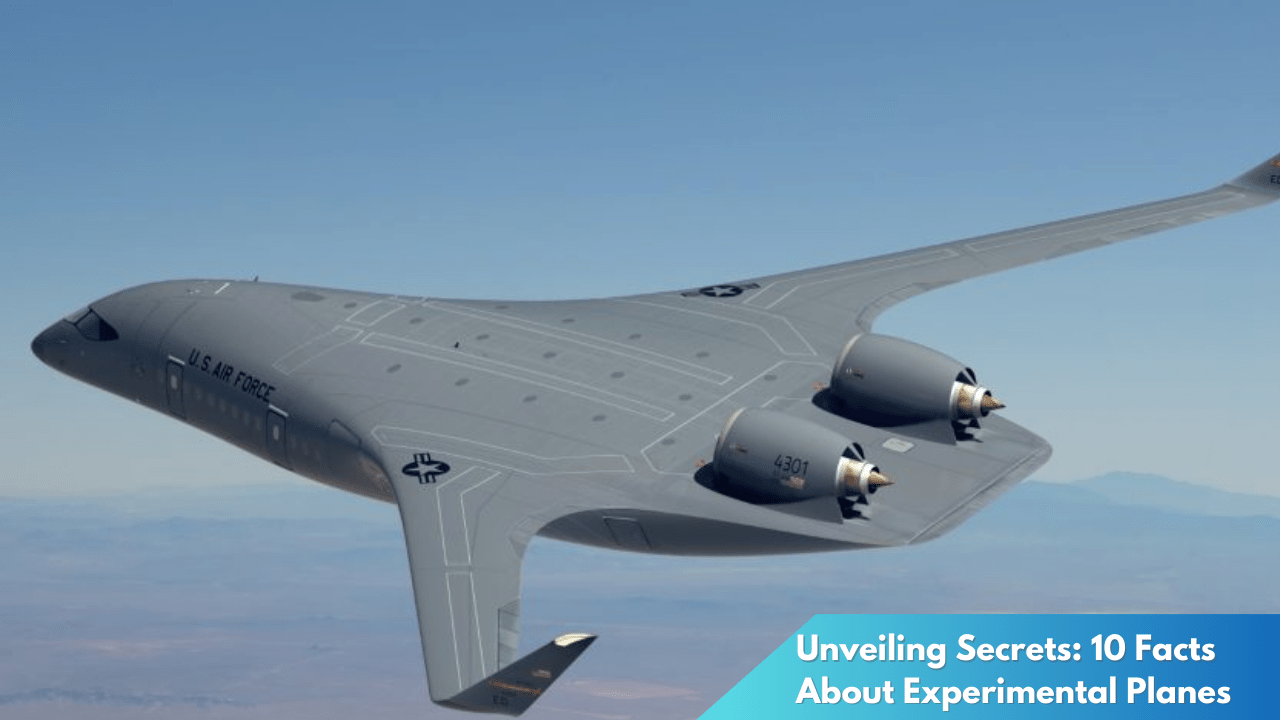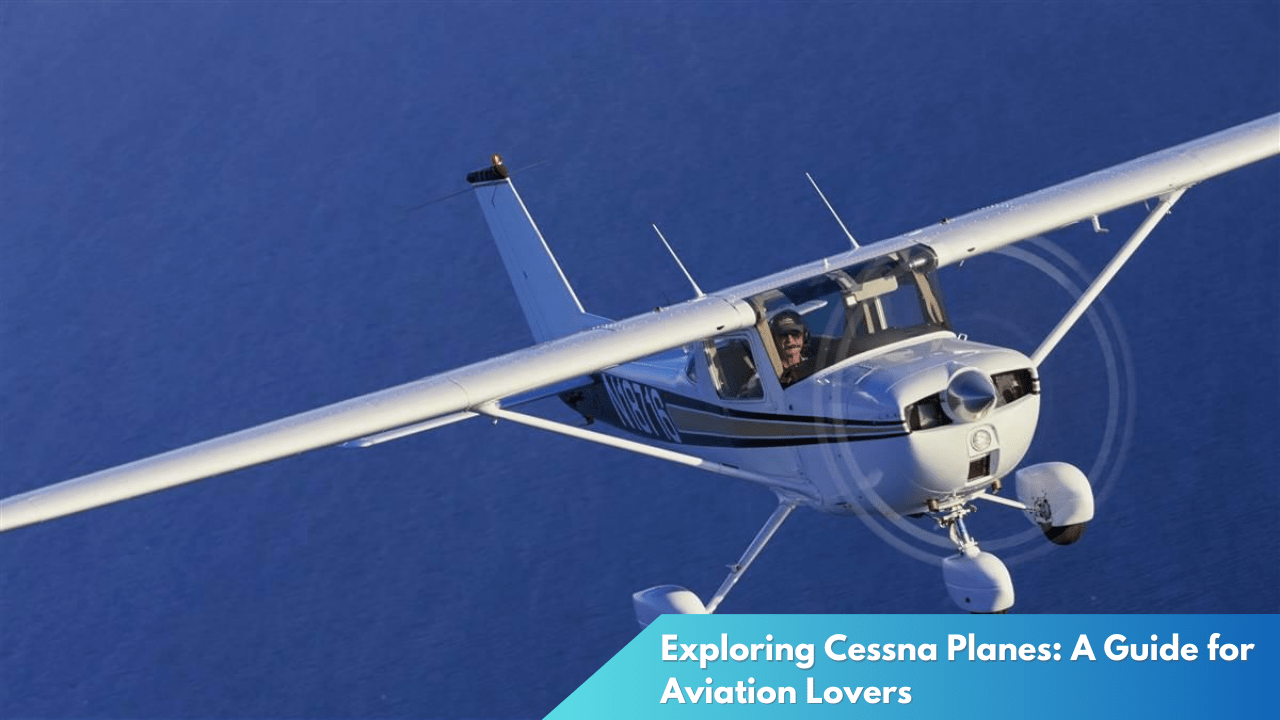Unveiling Secrets: 10 Facts About Experimental Planes
Experimental planes have long captured the imagination of aviation enthusiasts and professionals alike. These unique aircraft play a crucial role in pushing the boundaries of what is possible in flight, testing cutting-edge technology, and laying the groundwork for the future of aviation. In this article, we delve into ten fascinating facts about experimental planes, shedding light on the innovative spirit that drives this sector. From groundbreaking designs to their vital contributions to safety and efficiency, experimental planes are at the forefront of aviation’s evolution.
Unveiling Secrets: Top 10 Facts About Experimental Planes

Experimental planes, often referred to as “X-planes,” are specifically designed and built to test new aerospace technologies and aerodynamic concepts. Unlike conventional aircraft used for commercial or military purposes, these planes are not intended for mass production. Instead, they serve as flying laboratories, allowing engineers and scientists to explore uncharted territories in aviation. The “X” in X-planes stands for “experimental,” highlighting the primary purpose of these aircraft to break new ground and provide insight into the challenges and possibilities of flight.
One of the most iconic experimental planes is the Bell X-1, the first aircraft to break the sound barrier. Piloted by Chuck Yeager in 1947, the X-1 soared to unprecedented speeds, marking a milestone in aviation history. This achievement not only proved that supersonic flight was possible but also paved the way for the development of faster and more efficient aircraft. The success of the Bell X-1 demonstrated the critical role of experimental planes in advancing aerospace technology and expanding our understanding of flight dynamics.
Beyond testing speed and performance limits, experimental planes have also been instrumental in improving aircraft safety and efficiency. For instance, the Boeing X-48, a blended-wing body aircraft, was developed to assess the aerodynamic efficiency of non-traditional aircraft designs. By conducting tests with experimental planes like the X-48, researchers can evaluate new design concepts that promise to reduce fuel consumption and minimize environmental impact. Such innovations are crucial as the aviation industry strives to meet growing demands for sustainable and environmentally friendly air travel.
Discover the Innovations Behind Aviation’s Future

The role of experimental planes extends beyond the realm of traditional aviation, influencing a wide range of aerospace applications. For example, NASA’s X-57 Maxwell is at the forefront of efforts to develop electric propulsion systems. As the world seeks to reduce its carbon footprint, the X-57 aims to demonstrate the viability of electric-powered flight, potentially revolutionizing how we think about aircraft engines and energy consumption. This focus on sustainable technology underscores the importance of experimental planes in addressing some of today’s most pressing environmental challenges.
Another exciting area of innovation driven by experimental planes is the development of autonomous flight systems. The X-37B, an uncrewed spaceplane operated by the U.S. Air Force, exemplifies the potential for autonomous technologies in both atmospheric and orbital flight. By testing advanced computer systems and flight controls, experimental planes like the X-37B are paving the way for future applications where human pilots may not be feasible or necessary. These advancements hold significant promise for the expansion of unmanned aerial vehicles and the exploration of new aerospace frontiers.
Experimental planes also contribute to the development of hypersonic technology, which involves speeds exceeding five times the speed of sound. The X-51 WaveRider, for example, explores the possibilities of hypersonic flight by testing advanced propulsion systems and heat-resistant materials. The data gathered from such tests are invaluable in understanding the complexities of high-speed flight and the challenges associated with operating in extreme conditions. As countries around the world invest in hypersonic research, experimental planes remain at the cutting edge of this high-stakes race, influencing future military, commercial, and space applications.
Experimental planes are much more than engineering marvels; they are catalysts for innovation and transformation in aviation. By pushing the boundaries of what is possible, these aircraft have repeatedly demonstrated their value in testing new technologies and concepts that redefine the future of flight. From sustainable propulsion systems to autonomous operations and hypersonic capabilities, experimental planes are instrumental in shaping an industry that continues to evolve and adapt to meet the demands of a changing world. As we look to the skies, the legacy of these pioneering aircraft serves as a testament to human ingenuity and the relentless pursuit of progress in aviation.



